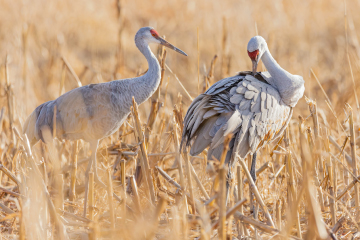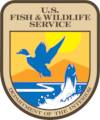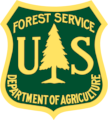Bringing Agriculture and Conservation Together
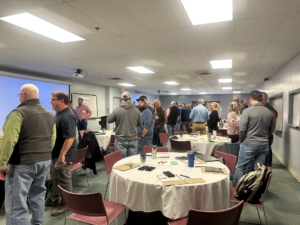 Nebraska is 97% privately owned. This requires conservation solutions to fit into working farm and ranch operations to ensure sufficient groundwater, surface water, and wildlife habitat for Nebraska’s future generations. Research from the University of Nebraska Lincoln and Purdue University have highlighted that family, friends, and individuals from the agriculture industry sector are the most trusted source of information by producers regarding conservation programs and practices. The Rainwater Basin Joint Venture (RWBJV) Agriculture Industry Symposiums were designed to foster relationships between Natural Resource Professionals and leaders in the agriculture industry sector to find economically viable solutions. These symposiums and subsequent relationships will ensure producers are provided consistent information about Technical Assistance, program and practice options, as well as cost-share opportunities.
Nebraska is 97% privately owned. This requires conservation solutions to fit into working farm and ranch operations to ensure sufficient groundwater, surface water, and wildlife habitat for Nebraska’s future generations. Research from the University of Nebraska Lincoln and Purdue University have highlighted that family, friends, and individuals from the agriculture industry sector are the most trusted source of information by producers regarding conservation programs and practices. The Rainwater Basin Joint Venture (RWBJV) Agriculture Industry Symposiums were designed to foster relationships between Natural Resource Professionals and leaders in the agriculture industry sector to find economically viable solutions. These symposiums and subsequent relationships will ensure producers are provided consistent information about Technical Assistance, program and practice options, as well as cost-share opportunities.
The first Agriculture Industry Symposium was held March 6, 2025. A total of 65 participants met at York College to work toward achieving the outlined goals. Attendance was roughly split evenly between the Agriculture Industry sector and from conservation organizations. The event kicked off with an ice breaker to help foster new relationships. This was followed by Dr. Andy Little (UNL Extension) providing a presentation on Precision Conservation where data about habitat corridors and yield maps can be used to identify areas in the operation that could be more profitable and maximize habitat outcomes if enrolled in a conservation practice. Dr. Ron Seymour, (UNL Extension) provided a case study about two producers in Hall County who enrolled in the Agriculture Conservation Easement Program (ACEP) and the impacts of this decision on their net-farm income. Both producers realized an increase in Return On Investment (ROI) by transitioning the flood-prone cropland to an irrigated pasture. The last presentation was by Alexa Davis with Nebraska Department of Natural Resources. Alexa highlighted the Nebraska Strategic Agriculture Coalition website. This new web resource functions as a searchable conservation program database highlighting different conservation offerings to address resource concerns across Nebraska.
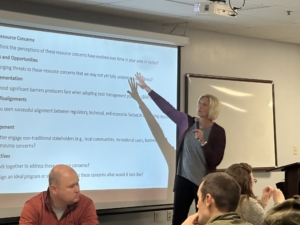 The second half of the day featured roundtable discussions where breakout groups were challenged to identify bottlenecks and opportunities to address the three greatest natural resource challenges facing Nebraska – water quality, water quantity, and habitat loss. This forum helped identify some of the opportunities where natural resource professionals could collaborate with local agronomists to complete net-farm income assessments to help landowners understand the impacts of practice adoption on ROI. Many of the individuals from the agriculture industry sector were not aware of the different conservation programs and practices and left committed to discussing options with their clients and connecting with individuals from the different agencies when opportunities were realized. Participants were provided a survey, list of attendees, and program resources that were pulled together for the event. A subsequent symposium is planned for December and will be hosted in Holdrege. More information to come. Presentations and contact information for attendees can be found here.
The second half of the day featured roundtable discussions where breakout groups were challenged to identify bottlenecks and opportunities to address the three greatest natural resource challenges facing Nebraska – water quality, water quantity, and habitat loss. This forum helped identify some of the opportunities where natural resource professionals could collaborate with local agronomists to complete net-farm income assessments to help landowners understand the impacts of practice adoption on ROI. Many of the individuals from the agriculture industry sector were not aware of the different conservation programs and practices and left committed to discussing options with their clients and connecting with individuals from the different agencies when opportunities were realized. Participants were provided a survey, list of attendees, and program resources that were pulled together for the event. A subsequent symposium is planned for December and will be hosted in Holdrege. More information to come. Presentations and contact information for attendees can be found here.

